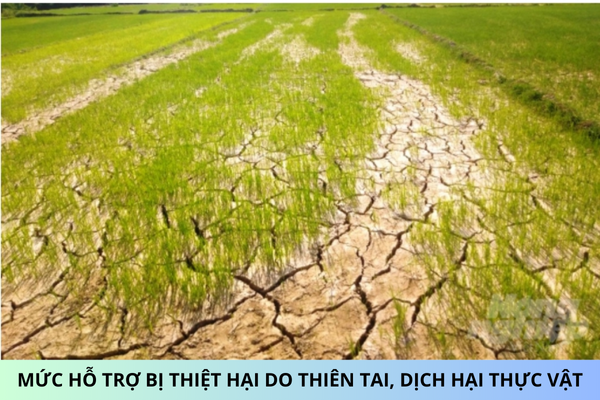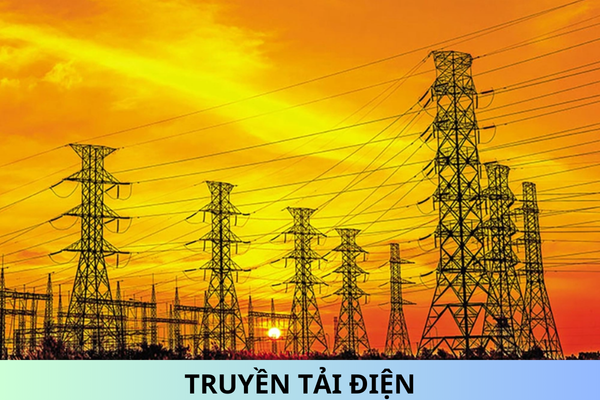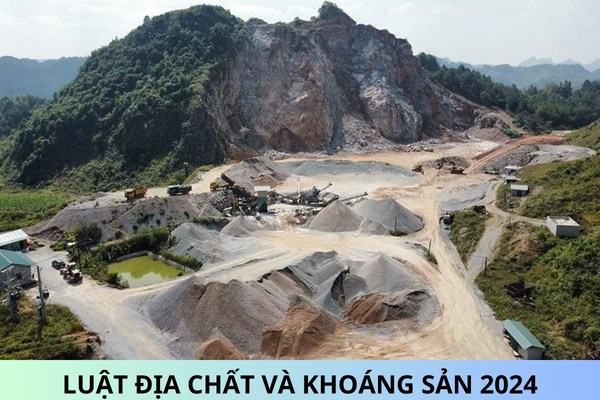How is the Database System for Electronic Transactions in Land Described?
Based on Section 5, Part IV, Appendix 02 of Decision 3196/QD-BTNMT in 2019 regulating the system of electronic transaction databases on land within the electronic architecture of the Ministry of Natural Resources and Environment as follows:
- Objectives
The electronic transaction database on land serves to resolve administrative procedures in the field of land; share and provide land information and data to state agencies, land users, organizations, and individuals who wish to be shared and provided information and data about land through electronic means.
- Scope
Implemented from central to local levels.
- Content of information and data
+ Land registry, cadastral data, spatial cadastral data;
+ Scanned documents.
- Main functions and operations
+ Register files for issuing certificates and land use rights, home ownership, and other properties attached to the land;
+ Register files for changes in land;
+ Manage spatial cadastral data;
+ Manage the electronic land registry;
+ Register cadastral data;
+ Update changes in land data;
+ Manage scanned documents;
+ Manage the process of performing administrative procedures on land;
+ Compile reports, support decision-making, etc.
- Relationship with other Information Systems/Databases
The electronic transaction database on land implemented at various levels is connected and exchanges data with each other, as well as with other Information Systems/Databases through the National Data Integration and Sharing Platform or the WAN of the Ministry of Natural Resources and Environment and the shared, integrated platform of the Ministry of Natural Resources and Environment.
+ Groups of information needed to be connected and shared from other Information Systems/Databases
++ National Database on Enterprises: enterprise information (landowner);
++ National Database on Population: citizen information (landowner);
++ Tax Database: financial obligation information;
++ Bank Database: transaction information.
+ Groups of information shared with other Information Systems/Databases
- Infrastructure, technology, and techniques
+ IT infrastructure: Utilize the centralized infrastructure of the Ministry; unit infrastructure; local IT infrastructure;
+ Main technologies: relational databases, Big Data, GIS technology, etc.
We are responding to your information request!
Sincerely!










